- Home
- Articles
- Architectural Portfolio
- Architectral Presentation
- Inspirational Stories
- Architecture News
- Visualization
- BIM Industry
- Facade Design
- Parametric Design
- Career
- Landscape Architecture
- Construction
- Artificial Intelligence
- Sketching
- Design Softwares
- Diagrams
- Writing
- Architectural Tips
- Sustainability
- Courses
- Concept
- Technology
- History & Heritage
- Future of Architecture
- Guides & How-To
- Art & Culture
- Projects
- Interior Design
- Competitions
- Jobs
- Store
- Tools
- More
- Home
- Articles
- Architectural Portfolio
- Architectral Presentation
- Inspirational Stories
- Architecture News
- Visualization
- BIM Industry
- Facade Design
- Parametric Design
- Career
- Landscape Architecture
- Construction
- Artificial Intelligence
- Sketching
- Design Softwares
- Diagrams
- Writing
- Architectural Tips
- Sustainability
- Courses
- Concept
- Technology
- History & Heritage
- Future of Architecture
- Guides & How-To
- Art & Culture
- Projects
- Interior Design
- Competitions
- Jobs
- Store
- Tools
- More
Green Skin: The Rise of Living Facades
Living facades are an innovative approach to sustainable design, turning buildings into ecosystems that enhance air quality, support biodiversity, and improve energy efficiency. Unlike green facades, they host diverse plant species in modular panels, offering greater design flexibility and biophilic benefits. From Bosco Verticale in Milan to One Central Park in Sydney, global examples highlight how living facades redefine urban architecture.

In front of the threats of climate change, sustainable design principles become more critical in architecture. There are growing concerns about global warming all around the world and climate change and air pollution in dense cities. Living facades are one of the step of these principles as a way of turning buildings into ecosystems.
Living facades are advanced systems where plants grow in modular panels fixed to the building surface, supported by irrigation in the building, drainage, and growing mediums. Unlike “green facades” with climbing plants, living facades can host a wide variety of species. There are grasses, ferns, and flowering plants that offer greater design flexibility and visual impact. These facades as alternatives of sustainable facade design with precious biophilic effects that make people’s meet the nature in urban environments.

Table of Contents
ToggleDifference Between Green Facades and Living Facades
Green facades are also sustainable facades where climbing plants grow directly on the building surface or on support structures such as meshes or frames usually rooted in soil at ground level. These vegetated facades have many advantageous of sustainable architecture and energy-efficient design. In this systems, plants grow directly on the wall or on a supporting structure. Growth is generally from the ground up, although planters at different levels can also be used. It is the simpler and more traditional method of greening building exteriors compared to living facades.
Living facades have broader and more advanced methods that include engineered systems where plants grow in modular panels attached to the facade. They can host a wider diversity of plants (grasses, ferns, flowering plants) instead of only climbers.
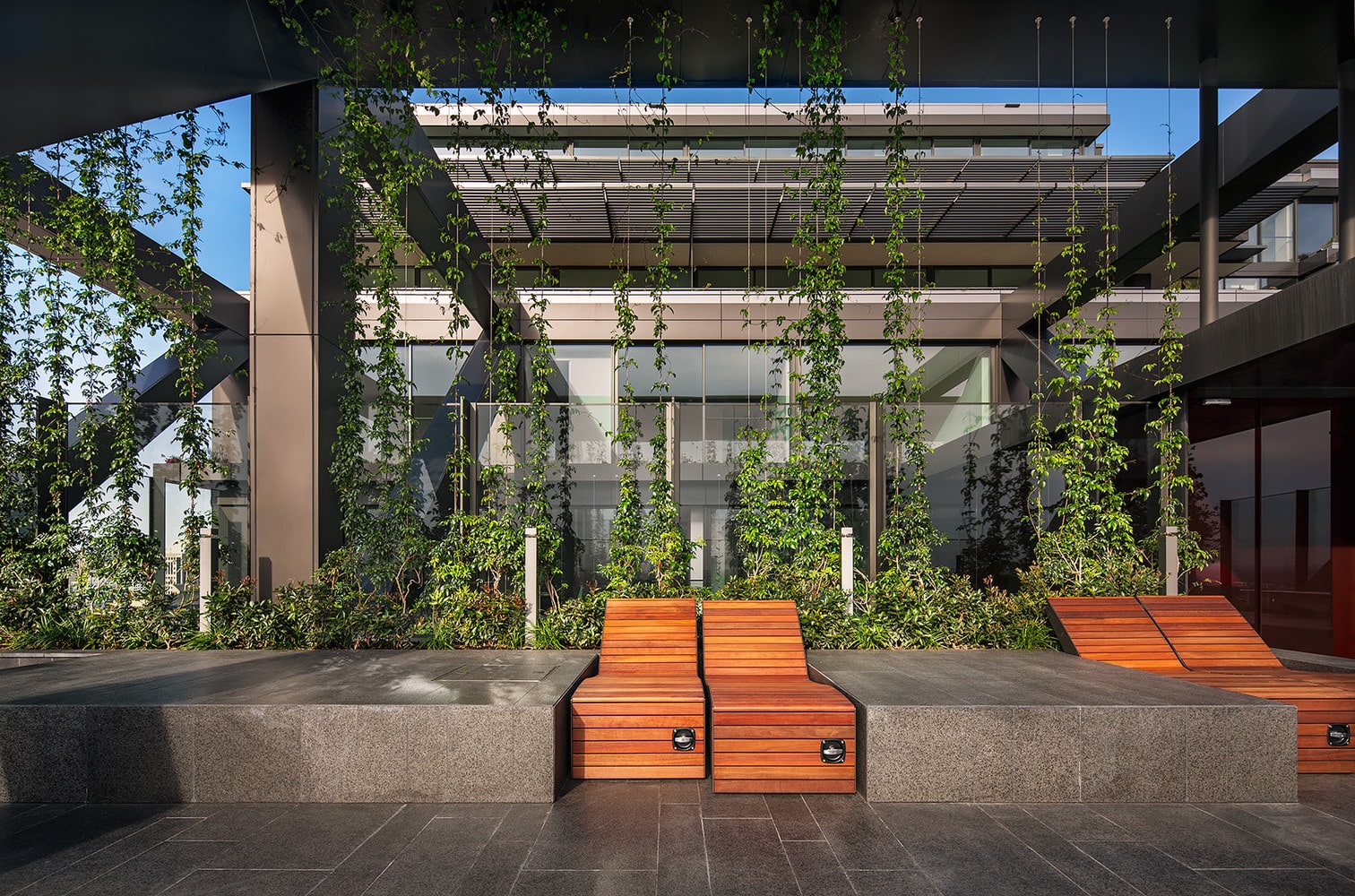
Environmental Benefits of Living Facades
There are dozens of environmental benefits of living facades such as thermal control, air quailty improvement, biodiversity support and more. These facades can reduce and control energy consumption easily with the effects of natural insulation of plants. Living plants improve the air quaility standarts of the building and surroundings while CO₂ absorption and dust filtration physically.
By supporting biodiversity, living facades help increase the number of living creatures around the building, providing new habitats for birds, insects, and micro-ecosystems. They also offer the opportunity to live in harmony with nature, with magnificent plants that act as acoustic buffers and reduce noise as benefits of biophilic design.
Global Examples of Living Facades
Bosco Verticale by Stefano Boer in Milan
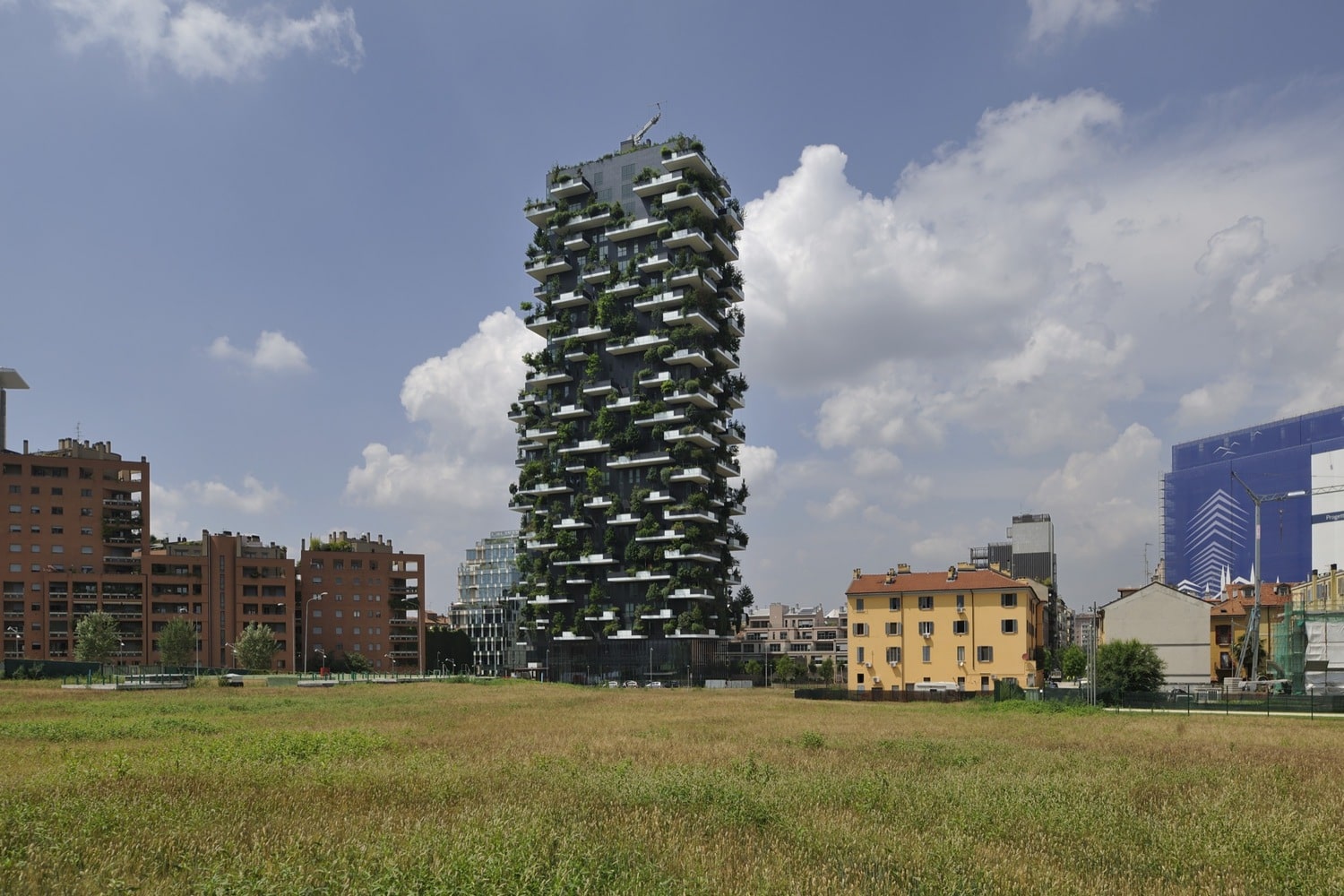
The facade of Milan’s Bosco Verticale, designed by Stefano Boeri, is a pioneering example of urban greening, integrating over 800 trees, 5,000 shrubs, and 11,000 perennials into its structure. This vertical forest not only enhances biodiversity but also contributes to energy savings and environmental improvement by reducing smog and moderating temperatures. The towers’ dynamic appearance changes with the seasons, as the plantings evolve in color and texture, reflecting the natural cycle of a forest.
One Central Park by Jean Nouvel & Patrick Blanc in Sydney
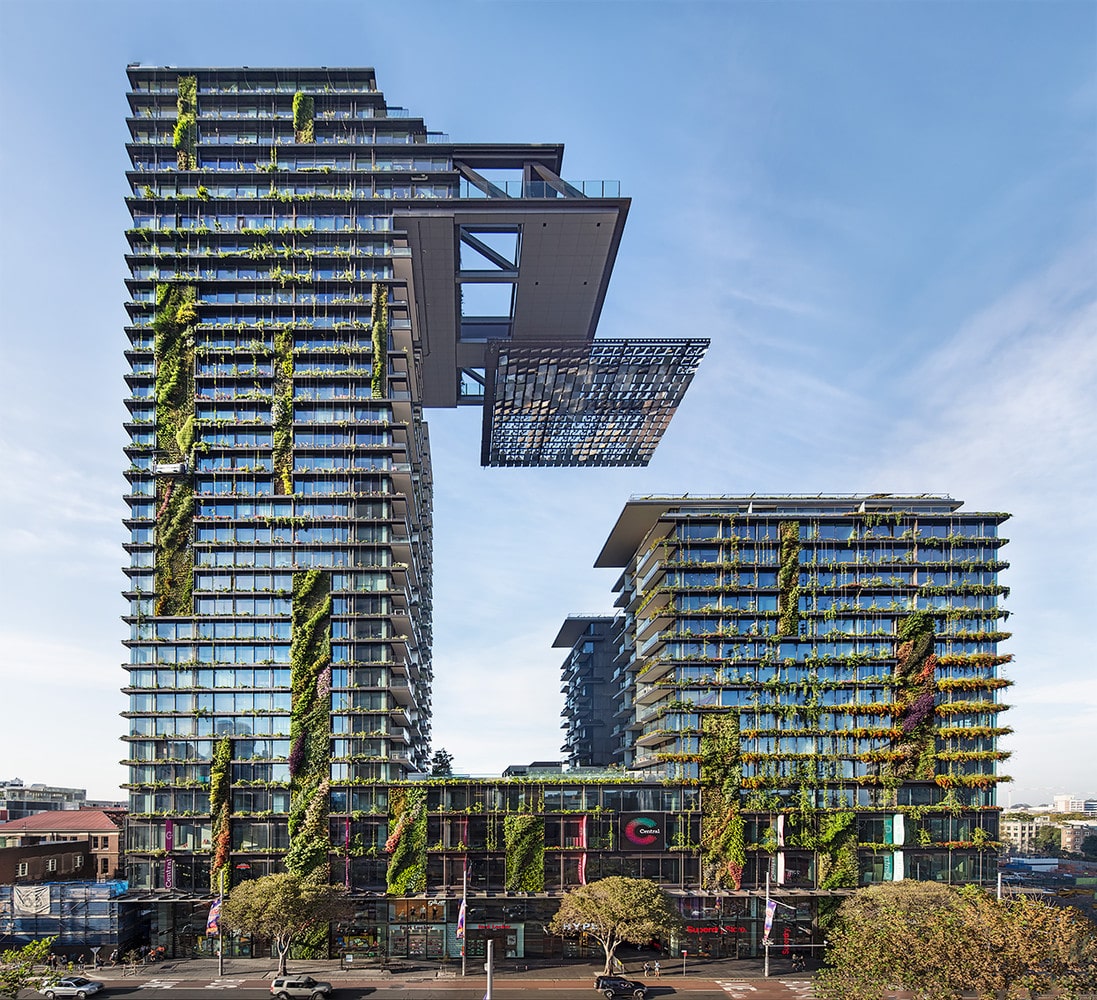
One Central Park in Sydney, designed by Jean Nouvel in collaboration with botanist Patrick Blanc, features a striking façade adorned with vertical gardens. These living walls, utilizing Blanc’s hydroponic system, cover approximately 50% of the building’s exterior and include over 85,000 plants spanning 1,200 square meters. The integration of native and exotic species not only enhances the building’s aesthetic appeal but also contributes to its environmental sustainability.
Oasia Hotel Downtown by WOHA Singapore

Oasia Hotel Downtown in Singapore, designed by WOHA, features a striking façade enveloped in a vibrant red aluminum mesh, supporting 21 species of climbing plants. This “living cloak” not only enhances the building’s aesthetic appeal but also contributes to urban biodiversity by attracting birds and insects. The integration of greenery is further complemented by four sky gardens at levels 6, 12, 21, and 27, providing communal green spaces that elevate the hotel’s environmental sustainability.
Living facades are more than just beautiful they also help the environment. They improve air quality, control building temperature, and support urban wildlife. By creating “green skins,” buildings become like living organisms that interact with their surroundings. This idea shows a future where cities and nature can live together, making urban areas healthier and more sustainable.
- architectural sustainability trends
- Biodiversity in Cities
- biophilic architecture
- Bosco Verticale Milan
- climate-responsive architecture
- eco-friendly building facades
- energy-efficient facades
- facade vegetation systems
- green facades vs living facades
- living facade environmental benefits
- living facades architecture
- modular green wall systems
- Oasia Hotel Downtown Singapore
- One Central Park Sydney
- plants in architecture
- sustainable architecture examples
- Sustainable Facade Design
- urban air quality improvement
- urban greening solutions
- vertical gardens on buildings
Submit your architectural projects
Follow these steps for submission your project. Submission FormLatest Posts
Eco-Friendly Floor Coverings: Smart Choices for a Greener Home
Eco-friendly floor coverings made simple: discover sustainable materials, trusted certifications, and room-by-room...
How Facades Tell Cultural Stories
How facades tell cultural stories—decode symbols, materials, and climate cues with regional...
Top 10 Examples of Dynamic Facade Designs Around the World
Dynamic facades are transforming contemporary architecture with systems that move, react, and...
What are Biodomes?
Biodomes are transforming architecture by blending ecological science with advanced design to...




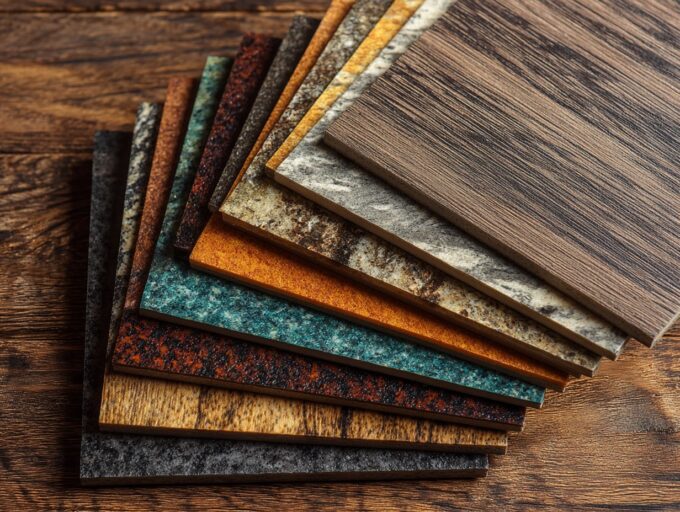
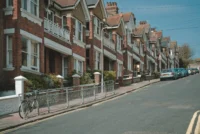
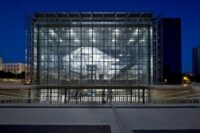

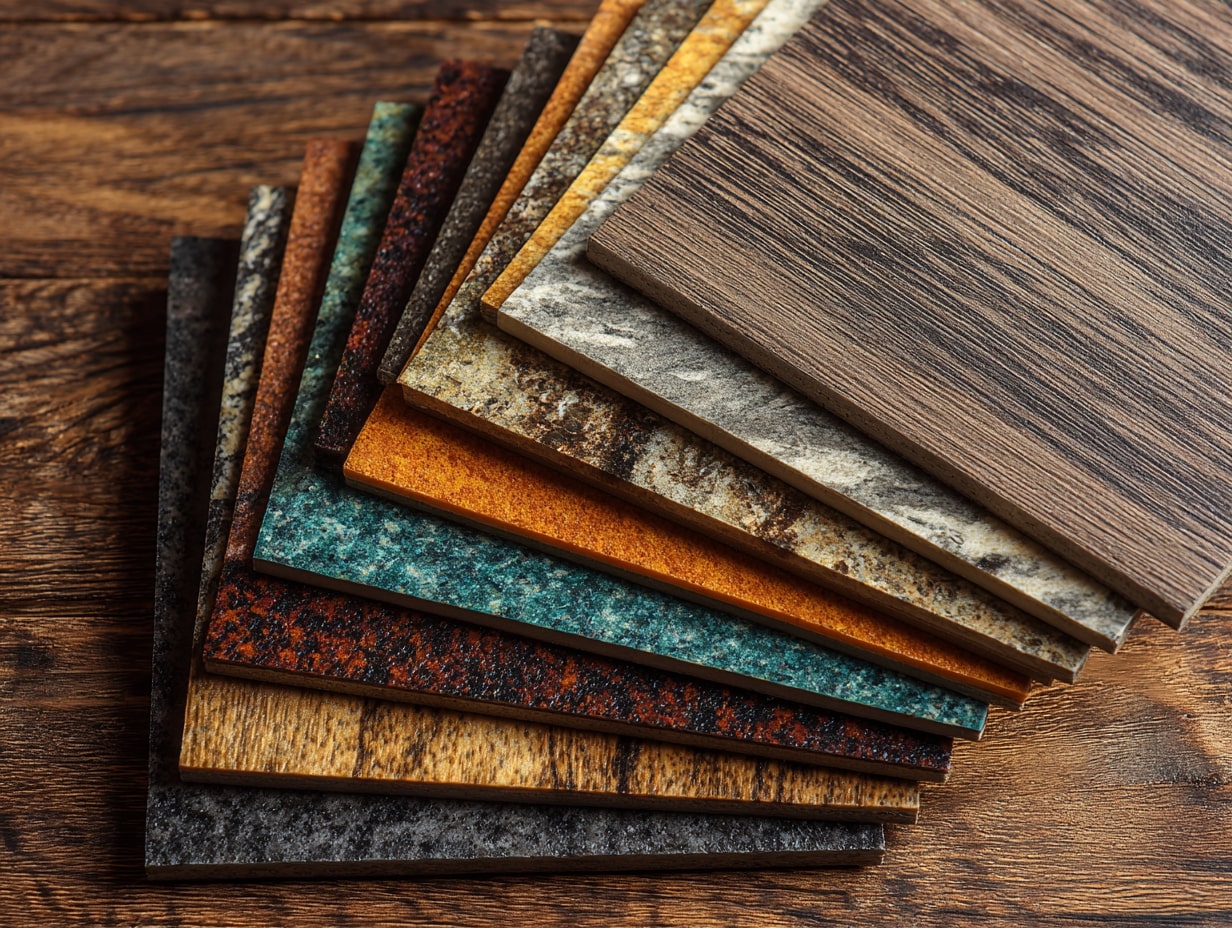


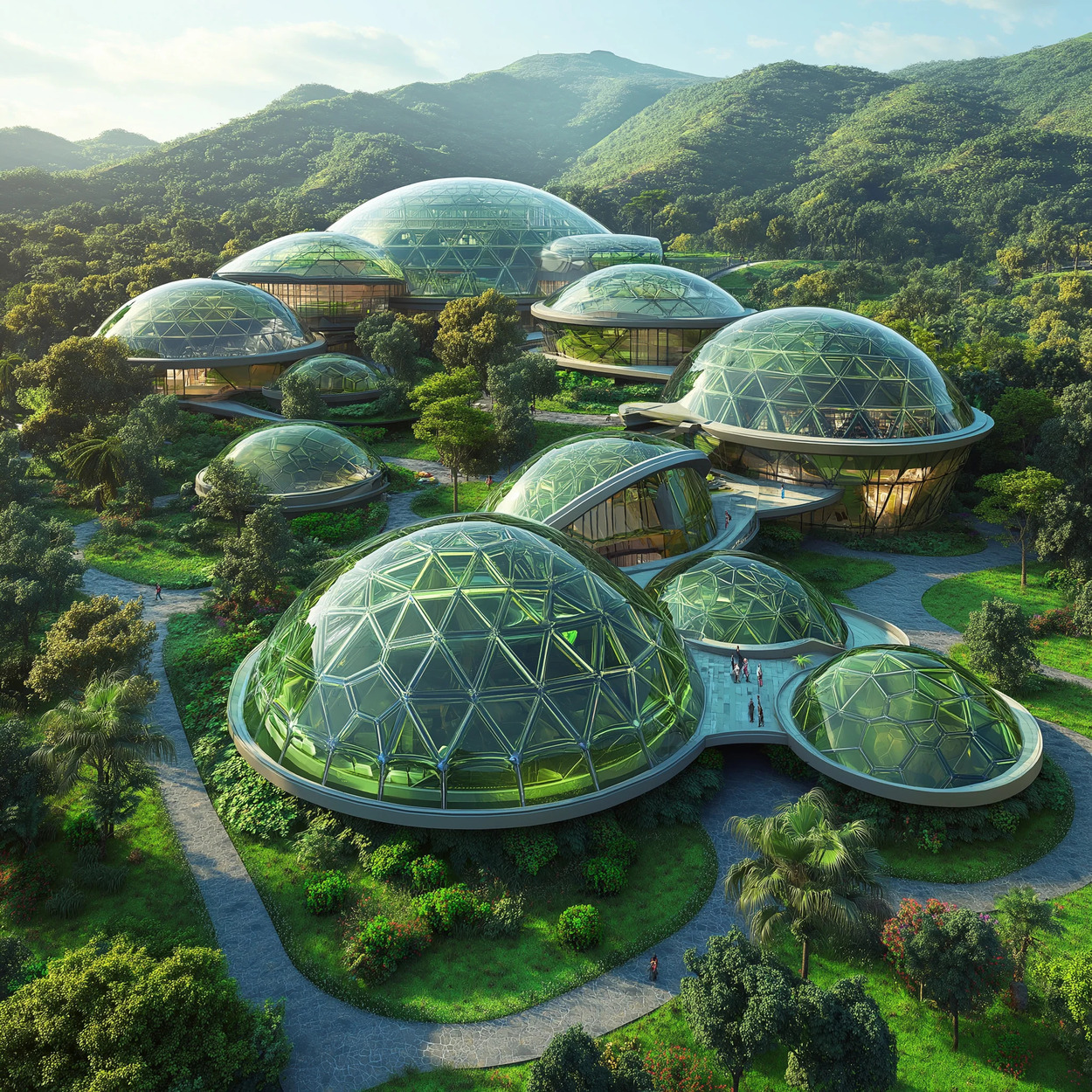
Leave a comment